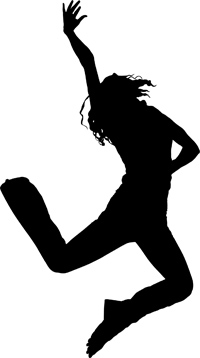 Release Technique is focused on the principles of “ease of movement” and “fluidity”, continuing to adapt and transform as a result of many styles coming together to coexist and in some ways has become a dance language of its own. Dancers learn to minimise tension in the body to create freedom of movement, moving in the easiest way. The release of body weight into the floor and the use of breath to instigate movement focuses on the use of energy, gravity and momentum to create movement.
Release Technique is focused on the principles of “ease of movement” and “fluidity”, continuing to adapt and transform as a result of many styles coming together to coexist and in some ways has become a dance language of its own. Dancers learn to minimise tension in the body to create freedom of movement, moving in the easiest way. The release of body weight into the floor and the use of breath to instigate movement focuses on the use of energy, gravity and momentum to create movement.
Now more than ever it seems that Release is a predisposition for dancers, especially those training in contemporary techniques. Concepts such as moving in and out of the floor, articulation of the body, alignment and balance all rely on the foundations of gravity and momentum. Despite this, many classically trained dancers find Release Technique challenging to master as it requires them to let go of the control and exact body placement entrenched by their technique, even though Release is particularly useful in countering this in aiming towards becoming a fully-rounded dancer.
It must also be noted that often Release Technique is sometimes misunderstood in the bid to dance in a way that ‘feels good’ as opposed to using correct release principles, such as letting go of the pelvic alignment, relaxing the spine and moving from impulse, when Release Technique is more demanding. These can be difficult concepts for dancers who have been trained to contain their movements and work to a precise syllabus.
A mind-body connection must be established, key to body awareness and becoming mentally aware of tightness in the muscles and joints. Body awareness or “somatics” is the foundation on which contemporary dance is built. Understanding the impetus and motivation for movement engages the brain and draws a link between intention and movement in the ability to relax specific muscle groups while working others to maintain correct form. Advanced dancers harness aspects of technique such as suspension, release, timing and dynamics to create unique
For Release, following an impulse from the body is always better than seeking to create shapes and lines: begin to trust your own movement intuition. Improvisation exercises are often useful, in order to connect the mind and body.
